ASUS Z97-DELUXE (NFC & WLC) Review: With Two Thunderbolt 2 Too
by Ian Cutress on May 16, 2014 11:00 AM EST- Posted in
- Motherboards
- Intel
- Asus
- NFC
- 802.11ac
- Thunderbolt 2
- Z97
- Wireless Charging
ASUS Z97-DELUXE(NFC & WLC) In The Box
The $400 price tag puts the Deluxe in the firing line. Users spending this much want as much as they can get. We have already mentioned that the ‘Z97-Deluxe (NFC & WLC)’ comes with Thunderbolt 2, a Near Field Communications hub and a Wireless Charging pad, which forms part of the package. These certainly push the cost a big higher, but the rest of the additions are similarly plentiful.
In the Z97-Deluxe box we have:
- Rear IO Shield
- Motherboard Guide
- NFC and Wireless Charger Guide
- ThunderboltEX II/Dual Manual
- Driver Disk
- NFC/WLC Driver Disk
- 2T2R WiFi Antenna
- Rigid SLI Cable
- Six SATA Cables
- NFC Express 2
- Wireless Charger (Qi Supported)
- NFC Tag
- ThunderboltEX II/Dual PCIe card
- DP to DP cable
- USB 3.0 Cable for NFC Express 2
- Micro-USB to USB for Wireless Charger
- Mains to USB Adapter
- 9-pin to 5-pin cable
- GPIO Cable
- MiniDP to DP Cable
At this point I struggle to recall any motherboard box with more equipment in terms of actual number. Back with the Rampage IV Black Edition we had more of an engineering feat with the ROG OC Panel, but the Deluxe wins for cables, chargers, add-in cards, more cables, and utilities.
The NFC and Wireless Charging tool are designed to be of a similar shape and although it looks like they lock in together, they do not, which is actually a shame (would make it easier to move about). The WLC is Qi compatible, and connects to any USB outlet, hence the inclusion of a mains to USB adapter in the box. The NFC Express 2 pad connects to the PC via USB 3.0, and provides two extra USB 3.0 ports from a hub.
When the NFC device is first plugged into the PC, it requires a couple of drivers provided on the disk, especially for the hub.
The Thunderbolt 2 card comes with a GPIO cable and an appropriate adapter to allow it to connect to the motherboard:
Because TB2 allows both video streams via DP and also data over PCIe, ASUS includes several cables for the rear.
According to the manual these have to be used in conjunction with the motherboard IO ports, such that each of the DisplayPorts are connected:
It does not say if it works with a fully discrete GPU, or if it has to be on the integrated graphics. However, according to the manual, there are several different layouts possible via the daisy chaining rule, as long as the DisplayPort monitors are at the end of the chain:
ASUS Z97-DELUXE Overclocking
Overclocking options on non-ROG motherboards have a big boost due to the BIOS options, helping users with automatic overclocks by letting them choose their cooling for a set of pre-arranged values. This is a step up from the ‘Fast’ or ‘Extreme’ options we used to have, but it also complements the 5-Way Optimisation overclocking method in the software.
In terms of the overclocking performance, our average/lackluster CPU sample managed 4.6 GHz on the Z97 Deluxe before succumbing to peak temperature issues. The 5WO automated overclocking was very aggressive, and due to the Adaptive voltage mode used caused OCCT to apply a lot of voltage during our test, causing a peak temperature of 97ºC. Users should update the DIP5 portion of AI Suite to the latest in order to show the overclock – our software version on the disk may have been a bit BETA where overclocks would not be applied but the latest version from the website works fine.
Experience with ASUS Z97-DELUXE
Methodology:
Our standard overclocking methodology is as follows. We select the automatic overclock options and test for stability with PovRay and OCCT to simulate high-end workloads. These stability tests aim to catch any immediate causes for memory or CPU errors.
For manual overclocks, based on the information gathered from previous testing, starts off at a nominal voltage and CPU multiplier, and the multiplier is increased until the stability tests are failed. The CPU voltage is increased gradually until the stability tests are passed, and the process repeated until the motherboard reduces the multiplier automatically (due to safety protocol) or the CPU temperature reaches a stupidly high level (100ºC+). Our test bed is not in a case, which should push overclocks higher with fresher (cooler) air.
Overclock Results:



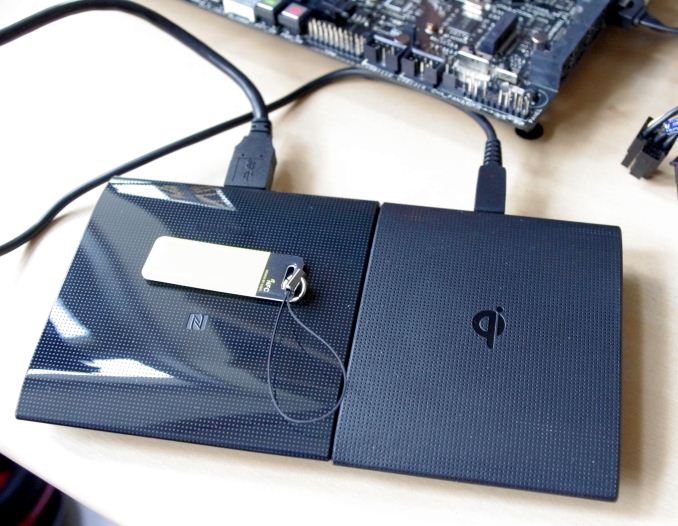

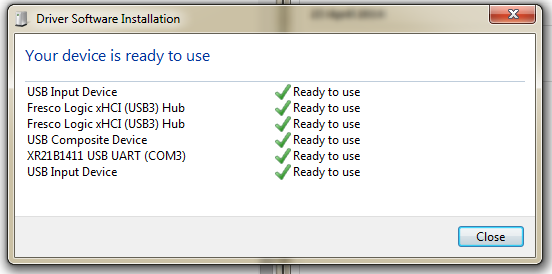
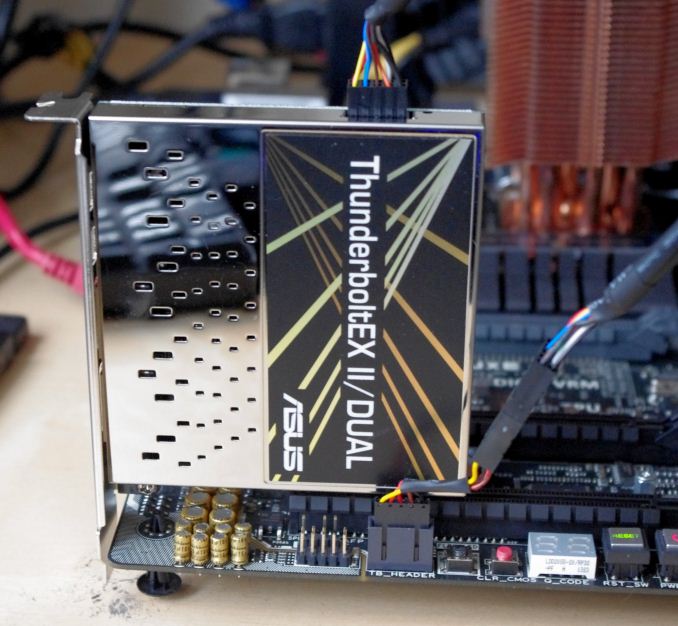
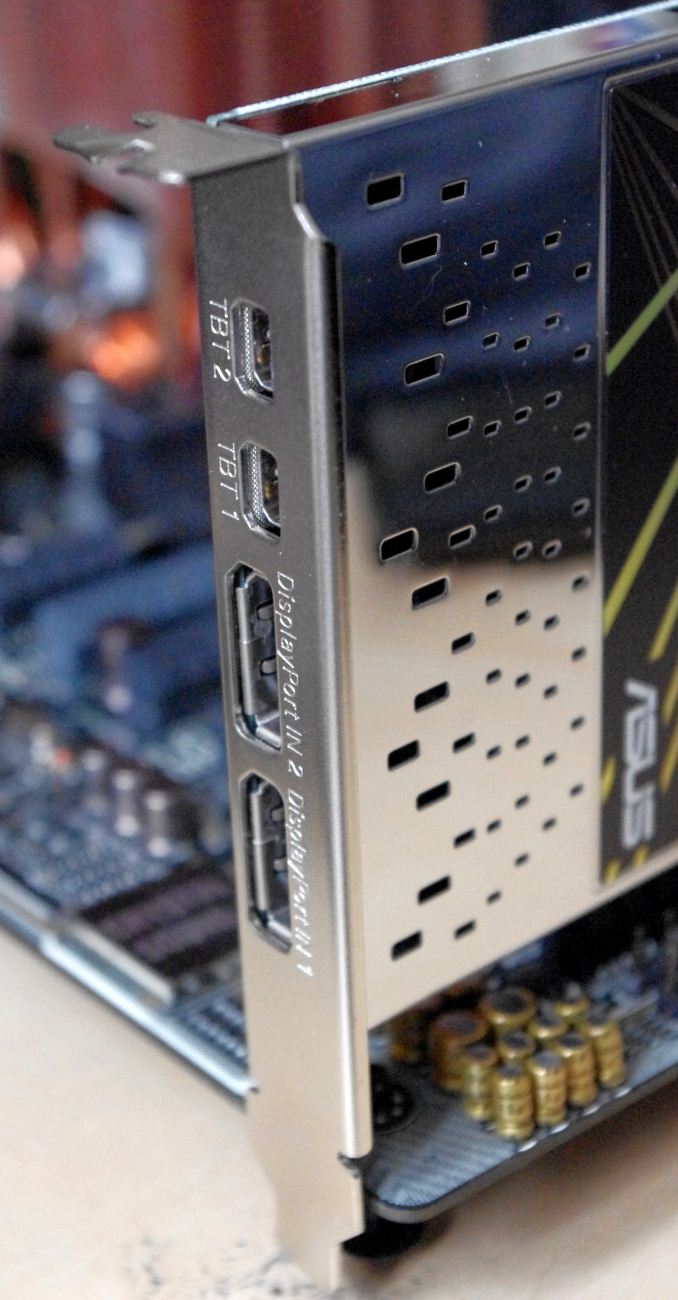
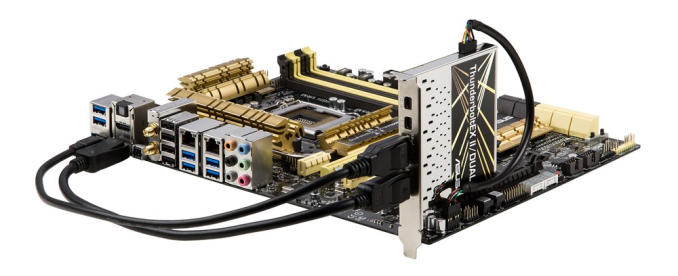
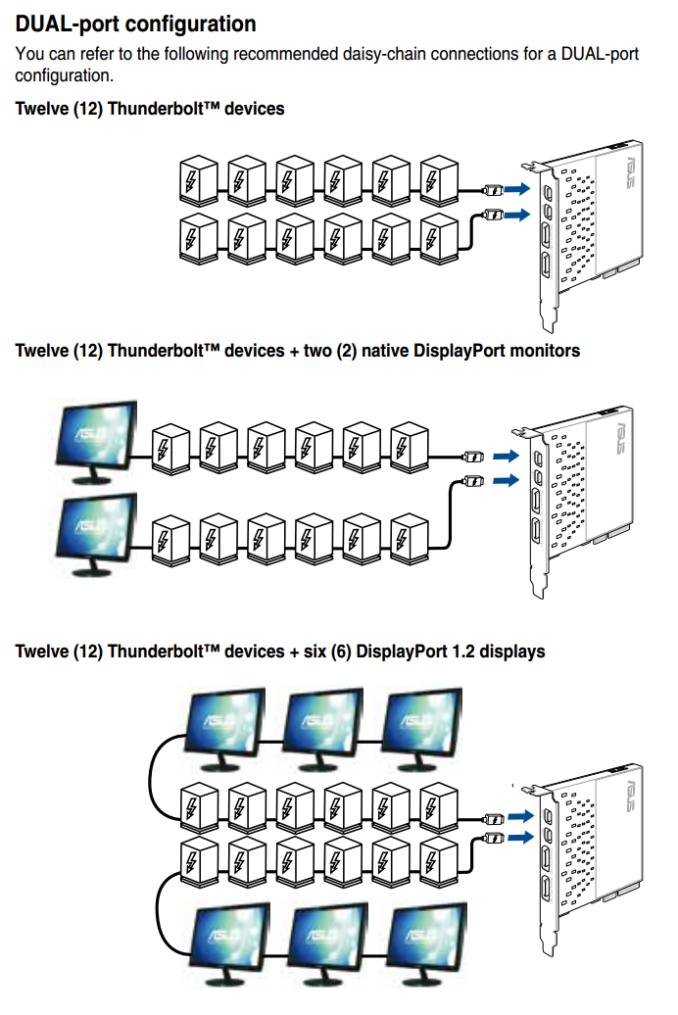
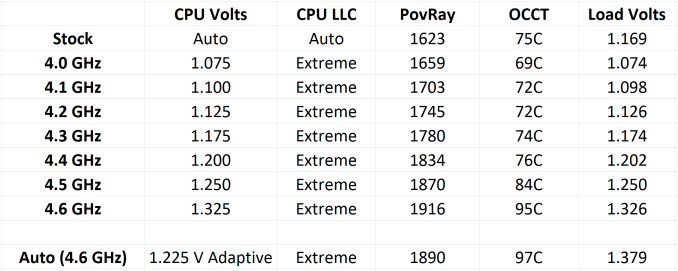








45 Comments
View All Comments
Pri - Friday, May 16, 2014 - link
Was this a real review or just an overview? No testing of its AC WiFi, NFC, Wireless Charging or Thunderbolt 2. All the main features of this board that differentiate it from other boards.You give us a graph that shows us DPC Latency, very few people even know what that is but don't test the Thunderbolt 2 add-in cards performance its WiFi performance or if the NFC accessory works properly?
Usually I applaud your reviews but this is really poor.
Ian Cutress - Friday, May 16, 2014 - link
Yes, it is a full review. The benchmark results take a good 30-40 hours alone, along with a proper spectrum of overclocking tests and writing 10k+ words going through all the BIOS and software features.DPC Latency takes less than a minute to test and I often get emails glad that I do so from the users who find it relevant. I have added a description next to the benchmark results in case people do not know what DPC Latency is or why it matters.
As stated in the review, this motherboard is available as a stand-alone ($290) or as the combination with the WLC/NFC/TB2 ($400). I don't have the facilities to test most of what you ask, which is solely for the $400 version and my conclusion is split accordingly to both versions. I have an AC router but being in a central London location surrounded by APs makes my results inconsistent. As mentioned in the review, I have no Wireless Charging or TB2 devices, given that like all editors at AT I work from home and not in a central office because we are dotted around the world.
If you have constructive criticism, please feel free to email me. I am always open to suggestions.
Pri - Friday, May 16, 2014 - link
I must apolagize for questioning if this was a real review. I know it must have taken considerable time to write what was in the review as it is.I was merely disappointed at not seeing the accessories that come with the board tested as the Thunderbolt 2 card was of most interest to me with it being quite new. For example I would have liked for it to have been tested with a dedicated graphics card.
I was unaware that the editors for the site work from home with only the hardware they have available at their own expense, I was under the incorrect impression that the editors on the site are paid employees working from offices, this is based on my own ignorance.
Please accept my sincere apologies for the curt way I dismissed the review as an overview, it clearly is a review that you put a lot of work in to.
Ian Cutress - Friday, May 16, 2014 - link
Hi Pri, no worries. If I had the equipment in to test I would do for sure, that's the way AnandTech works. If any time you have a question about our testing or suggestions, shoot me an email (click my name up top), a number of people do :)-Ian
sajara - Friday, May 16, 2014 - link
Yep I have to second this too. Maybe a follow up of the features in the near future, Ian?sajara - Friday, May 16, 2014 - link
this commentary is rubbish i don't know how i missed a full page of the review, but that what has occurred. Apologies to Ian.DanNeely - Friday, May 16, 2014 - link
My first thought is that at the $400 price point, a PLX instead of toggling features on/off should be mandatory. Picking and choosing what to actually use on an inexpensive feature grab bag board is justifiable to keep the cost down; but this board is priced as luxury item and shouldn't be loaded down with obnoxious gotchas and limitations.Something else I'm wondering is why two different Intel NIC controllers instead of either 2 of the same model or one Intel controller and a second from a low cost vendor.
PixyMisa - Saturday, May 17, 2014 - link
Exactly my thought. On a low-end board that would be a no-go for me; on a top-of-the-line board it's just unacceptable.I'm very glad I read this review, though, because I was considering buying this exact board.
munkle - Friday, May 16, 2014 - link
I'm confused on whether this has a plx chip or not? Your review states it doesn't, Hardocp's review states it uses PLX PEX8747, the pictures of the motherboard would make me assume that it does use the chip as only this mobo and the WS mobo have that center heatsink and you state the WS mobo uses a plx chip.Ian Cutress - Friday, May 16, 2014 - link
A quick look at the specifications on the website shows:"2 x PCIe 3.0/2.0 x16 (x16 or dual x8)"
With this, and the fact that we can account for all the chipset lanes including the switches, dictates that no PLX chip is present. Without doing a quick headcount of PCIe lane allocation, one could be fooled by the heatsink in the middle of the board.
That and the fact that ASUS has said that the PLX8747 variant for Z97 is limited to the WS motherboard for now.